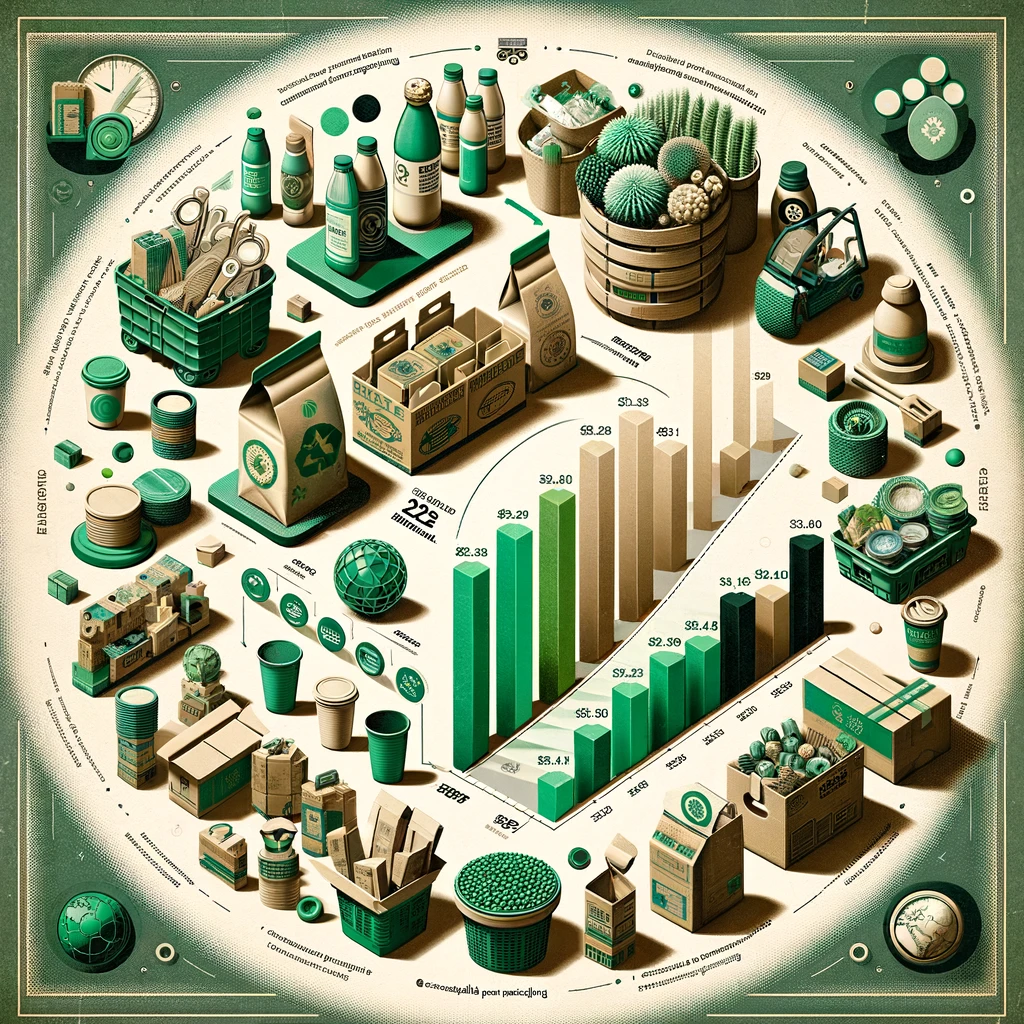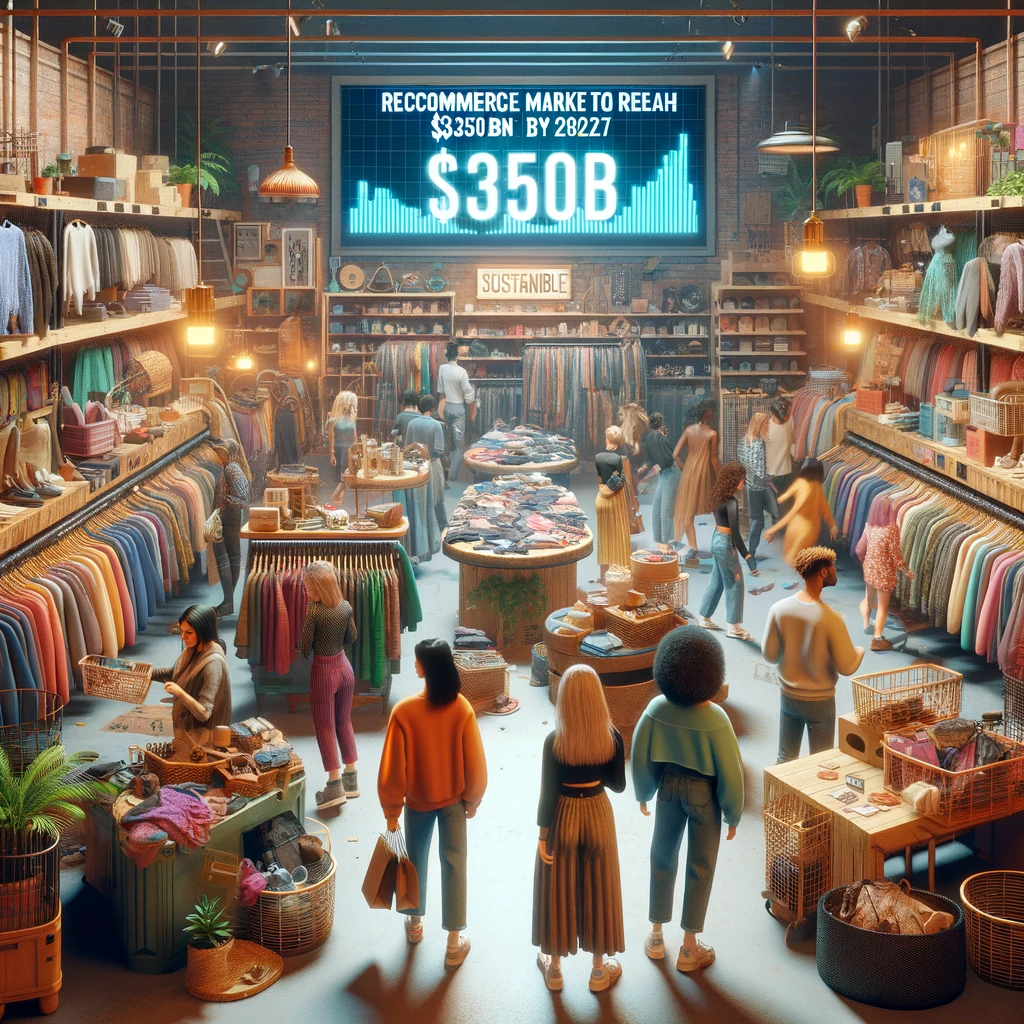In today's retail world, sustainability is not just a trend; it's a transformation. Shifting changes in personal social and ethical priorities point to consumer demand for reuse across the retail value chain. Consumers in the US are awakening to the impact of sustainability and making buying decisions based on that.
Highlights of strategies and trends from 2023 are forecasting retail trends for 2024.
The Rise of Recycled and Recyclable Packaging
We have all received more packages during and after the pandemic. How many times have you opened a plastic envelope and thought, there must be a better way?
2023 has seen a significant trend towards eco-friendly packaging, which is biodegradable, recyclable, reusable, non-toxic, and constructed from recycled items. A rising consumer demand for sustainable products and packaging materials drives this trend.
The global recyclable packaging market grew from $28.33 billion in 2022 to $30.11 billion in 2023, marking a compound annual growth rate (CAGR) of 6.3%. This market is expected to grow to $36.14 billion by 2027 at a CAGR of 4.7%.
Consumers in Western Europe were the most significant region to demand the recyclable packaging market in 2022, and Asia-Pacific is expected to be the fastest-growing in coming years.
The trend is clear: circular economies resonate deeply with an eco-conscious consumer base. For instance, post-consumer packaging waste reduces landfill impact and demonstrates a commitment to environmental stewardship. As reported by FitSmallBusiness, the move towards sustainable packaging is more than an ethical choice; it's a strategic business decision that appeals to a broad customer base.
From the FitSmallBusiness article, “An average of 70% of shoppers across generations are now saying that sustainability is more important to them than brand names.”


